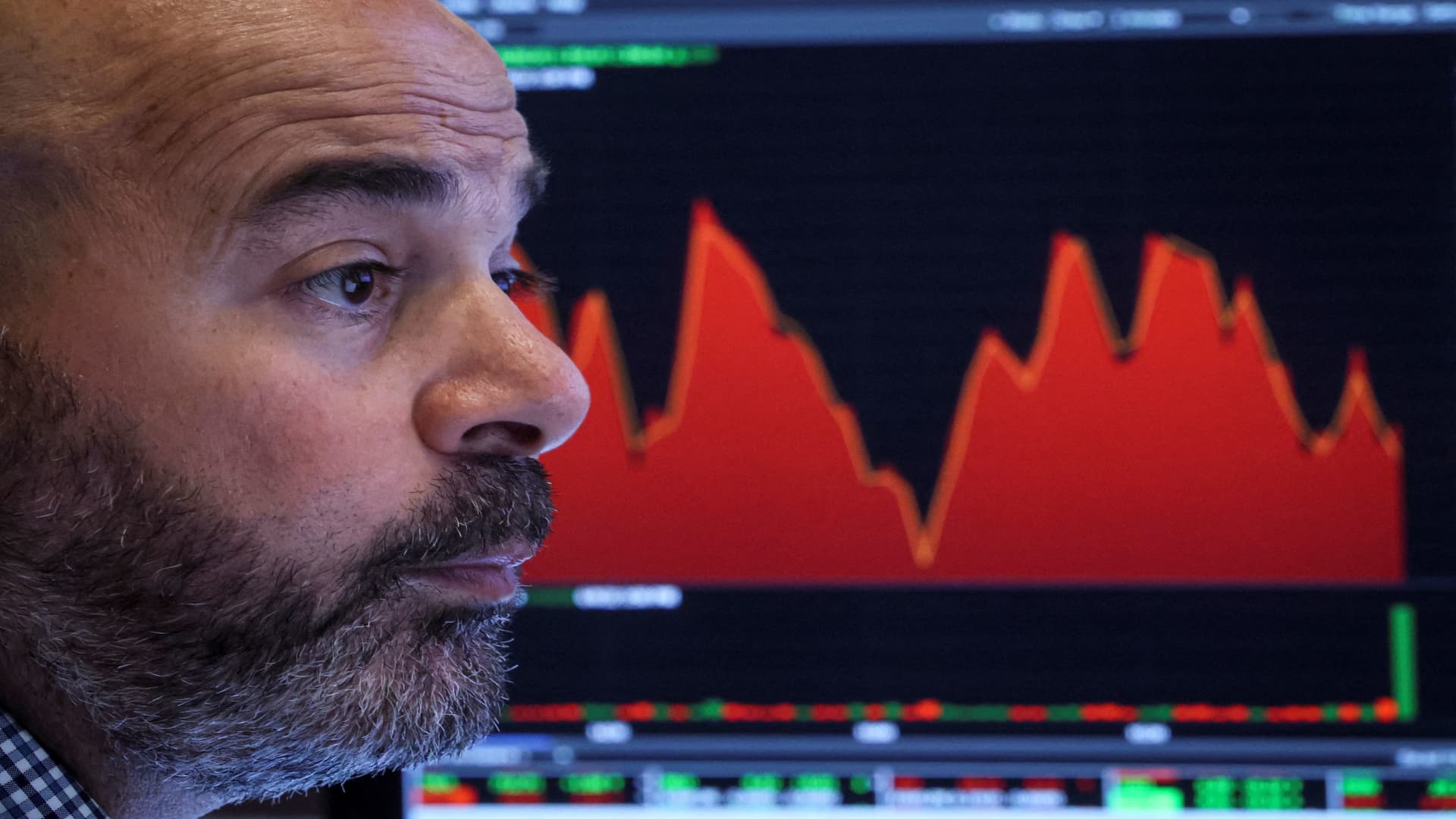
The first half of this year ranks among the worst on record for stocks, with the S & P 500 losing more than a fifth of its value. But the selling could ease a bit in the second half if the history of similar terrible starts is any guide. Mounting fears of a recession caused by the Federal Reserve hiking interest rates to fight inflation have sent the stock market tumbling into a bear market in the first half. Ned Davis Research looked at past horrible starts and found there is typically a relief bounce in the second half — even if the selling eventually continues. Every one of the four years that was on par with this one saw a second-half rebound, Ned Davis found. For two of the years, the bear markets ended in the second half. In the other two, the next six months marked a bear market bounce. Only one year saw the market recover the losses it incurred during the first half. Looking at this history is instructive if only to show that the magnitude and speed of this downturn is nearly unprecedented to start an annual period. That alone could indicate that at least a small relief bounce is long overdue, regardless of the fundamental picture. However, Ned Davis believes the comeback chances may come down to whether the economy can skirt a recession. “The answer may ultimately lay with the Fed, and we will continue to watch economic data for signs the economy is tilting toward or avoiding a recession,” wrote Ed Clissold and Thanh Nguyen in this week’s report. Some Wall Street banks believe a comeback is possible. JPMorgan strategists even believe the S & P 500 can rally back to even as the U.S. avoids a recession. “It is not that we think that the world and economies are in great shape, but just that an average investor expects an economic disaster, and if that does not materialize risky asset classes could recover most of their losses from the first half,” wrote Marko Kolanovic, chief global markets strategist for JPMorgan , in a note Thursday. UBS strategists give the highest probability to a modest bounce in the S & P 500 back to 3,900, or about 4% from here. They anticipate a scenario where inflation stays high but starts to show signs of peaking. —With reporting by Michael Bloom




